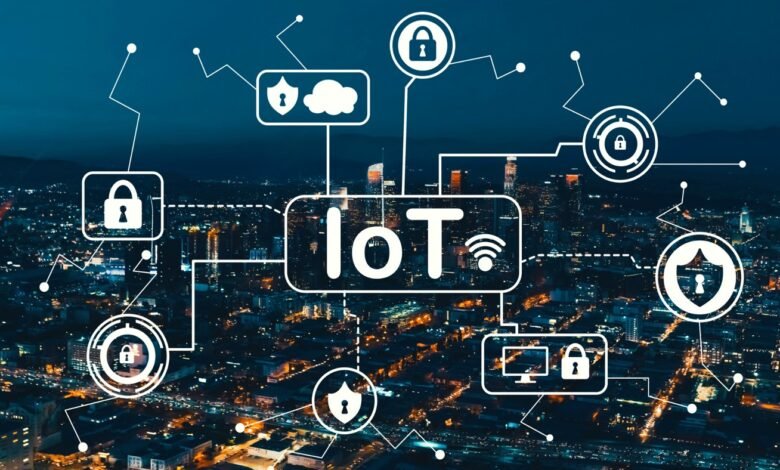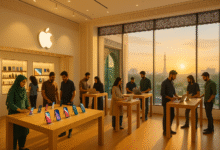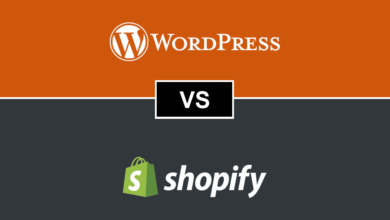
The Internet of Things (IoT) is rapidly reshaping lives worldwide, and Pakistan is no exception. As smart technology becomes more accessible and affordable, homes across the country are experiencing a transformative shift. The integration of IoT devices in Pakistani homes is not just a futuristic trend but a present-day reality that is revolutionizing how residents manage their security, energy consumption, appliances, and even health.
Growing Popularity of Smart Homes in Pakistan
The concept of smart homes in Pakistan is gaining traction, especially in urban centers like Karachi, Lahore, and Islamabad. With increasing internet penetration and smartphone usage, more homeowners are turning to IoT solutions to enhance convenience, safety, and efficiency. Smart devices like Wi-Fi-enabled lights, thermostats, door locks, and security cameras are becoming commonplace in middle and upper-class households.
Moreover, developers of upscale residential projects and gated communities are incorporating smart home automation features into their offerings. These new developments are often equipped with central control systems that manage lighting, climate, and security, catering to a growing demand for tech-savvy living.
Enhanced Security with IoT Surveillance
One of the most significant benefits of IoT devices in Pakistani homes is improved security. In a country where security concerns are ever-present, smart surveillance systems offer homeowners peace of mind. Smart CCTV cameras, motion detectors, and remote-access door locks allow residents to monitor their homes in real-time through their smartphones.
Many families now install smart doorbells with video and audio capabilities, enabling them to see and communicate with visitors without opening the door. These devices can record footage, send alerts, and integrate with other security systems for comprehensive protection.
Additionally, IoT-based alarm systems can notify homeowners and authorities in the event of break-ins or fire, significantly reducing response time and minimizing potential damage.
Energy Efficiency and Cost Savings
Another transformative aspect of IoT in Pakistani households is energy management. As electricity prices soar and load shedding remains a concern, smart energy solutions are more relevant than ever. Devices like smart meters, programmable thermostats, and energy-efficient lighting systems help residents monitor and optimize their energy usage.
Smart thermostats, for instance, learn user preferences and adjust temperature settings accordingly, leading to significant reductions in electricity bills. IoT-enabled solar panels are also gaining popularity, particularly in areas with frequent power outages. These systems provide backup power while reducing reliance on the grid.
Homeowners can use mobile apps to track consumption patterns, set energy-saving schedules, and receive notifications about unusual usage, promoting a more conscious approach to energy use.
Convenience and Lifestyle Upgrades
The integration of smart home devices in Pakistan is also about enhancing everyday convenience. Voice-activated assistants such as Amazon Alexa and Google Assistant are now accessible to Pakistani users, enabling voice control over various household functions.
Residents can automate routines such as turning off lights at night, starting the coffee maker in the morning, or adjusting air conditioning based on room occupancy. These features are particularly beneficial for the elderly and people with disabilities, allowing them to manage their environment with ease.
Moreover, smart kitchen appliances like refrigerators that track food inventory and ovens that can be preheated remotely are slowly entering Pakistani markets. These devices reduce daily workload and support a more efficient lifestyle.
Health Monitoring and Smart Healthcare
IoT devices are also making strides in healthcare within Pakistani homes. Wearables like fitness trackers, smartwatches, and remote health monitoring devices are becoming popular among health-conscious individuals. These gadgets monitor vital signs such as heart rate, sleep patterns, and physical activity levels.
For patients with chronic illnesses, IoT enables real-time health monitoring and remote consultations with doctors. This is particularly valuable in rural areas with limited access to medical facilities. Devices like smart glucometers, blood pressure monitors, and oxygen level detectors can sync with mobile apps to store and analyze health data.
During the COVID-19 pandemic, such devices gained prominence, supporting contactless monitoring and minimizing the risk of exposure. This trend has continued post-pandemic, making remote health management an integral part of modern living.
Challenges in Adoption of IoT in Pakistan
Despite the advantages, the adoption of IoT in Pakistani homes faces certain challenges. Infrastructure limitations, such as inconsistent electricity and slow internet in some areas, can hinder the performance of IoT devices. High upfront costs and limited local availability of advanced gadgets also pose barriers.
Moreover, many consumers are not fully aware of how IoT works or the potential benefits it offers. This lack of awareness, combined with concerns about data privacy and cybersecurity, often deters individuals from embracing smart technologies.
To overcome these challenges, there is a need for greater public education, local innovation, and government incentives that encourage adoption. Partnerships between tech companies and real estate developers could also play a key role in mainstreaming smart home technologies.
Government Initiatives and Industry Support
The Pakistani government has shown interest in smart city initiatives that include the integration of IoT in urban planning. Projects like the Pakistan Smart Cities Initiative aim to implement technology-driven solutions for traffic management, energy conservation, and public safety.
Private sector players are also contributing significantly. Telecom companies offer affordable internet packages to support smart devices, and local startups are developing customized IoT solutions tailored to Pakistani households. Educational institutions are beginning to incorporate IoT training into their curriculum, preparing the next generation of tech-savvy professionals.
The Future of IoT in Pakistani Homes
Looking ahead, the future of IoT in Pakistani homes appears promising. As technology becomes more accessible, the adoption rate is expected to rise significantly. Emerging trends such as AI-powered home automation, integration with blockchain for enhanced security, and machine learning for predictive maintenance will further elevate the smart living experience.
Smart homes may soon become the norm rather than the exception, especially in newly developed urban areas. The focus will likely shift from individual smart devices to fully integrated systems that offer seamless control over every aspect of home life.
Furthermore, the potential for local manufacturing of IoT devices could make smart technology more affordable, reducing dependence on imports and boosting the domestic tech industry. With increased investment, innovation, and awareness, IoT could redefine how Pakistanis live, work, and interact within their homes.
Conclusion
The rise of IoT devices in Pakistan is more than just a technological trend—it’s a paradigm shift in how people experience their homes. From enhanced security and energy savings to improved health monitoring and convenience, IoT is changing the landscape of Pakistani residential living. Despite existing challenges, the momentum is clearly moving forward, driven by innovation, urbanization, and a growing appetite for smart solutions.
As Pakistan continues its journey into the digital age, the integration of IoT in everyday life will play a crucial role in shaping a smarter, safer, and more efficient future for its citizens.











